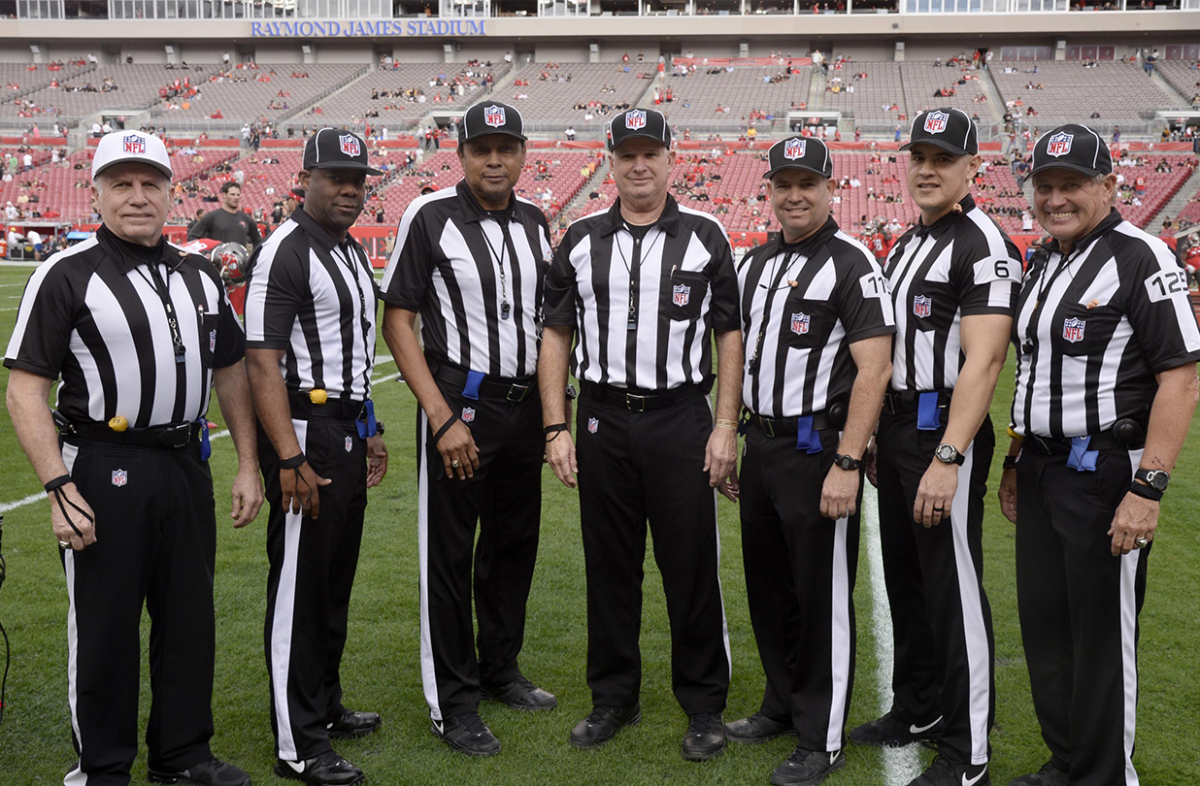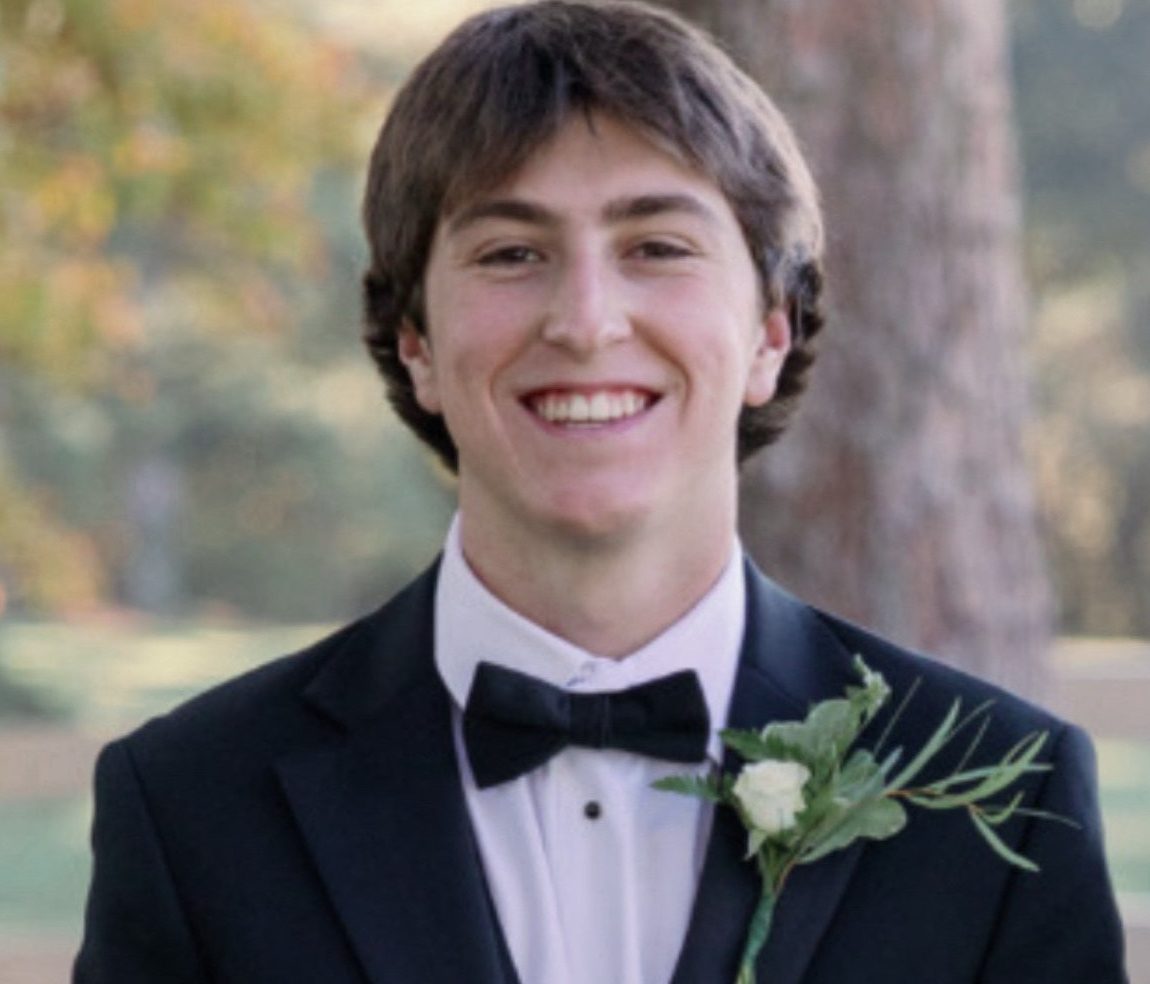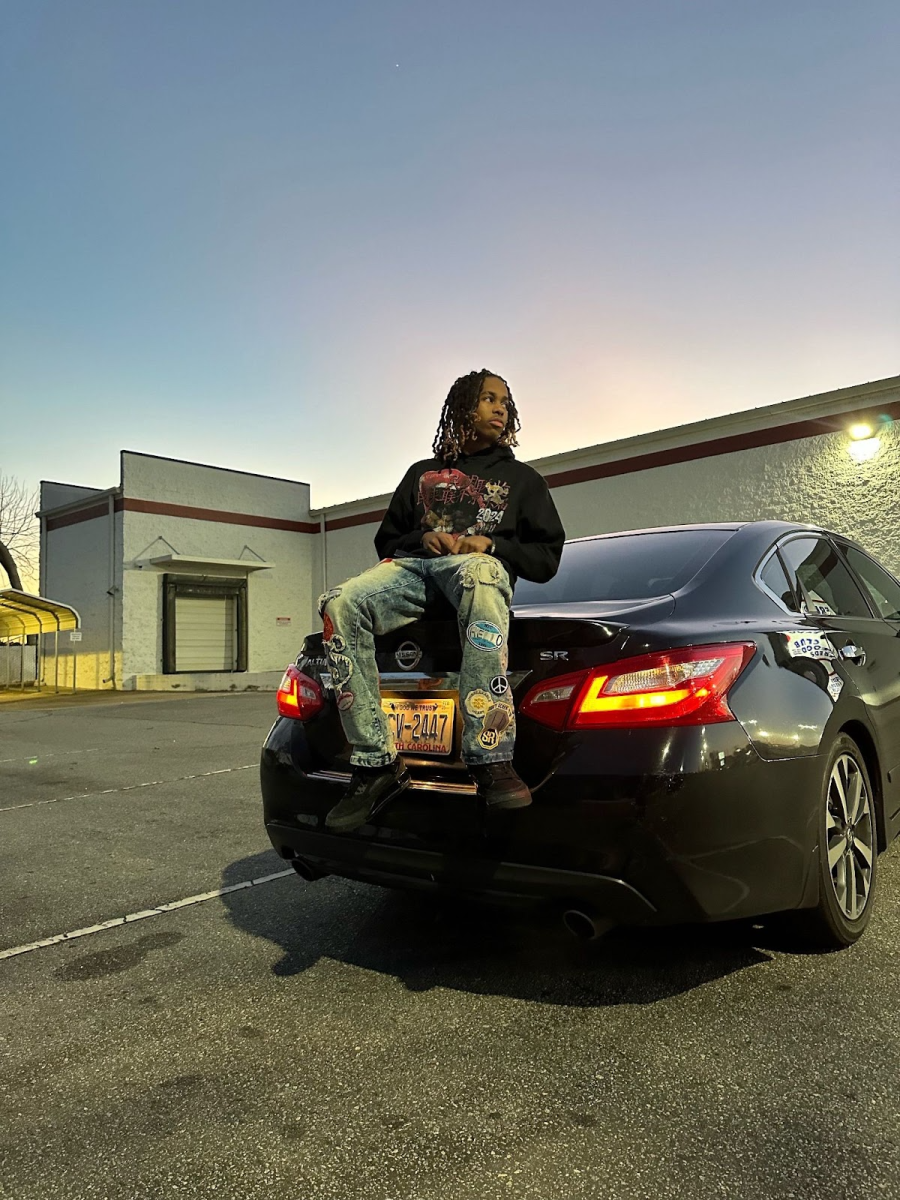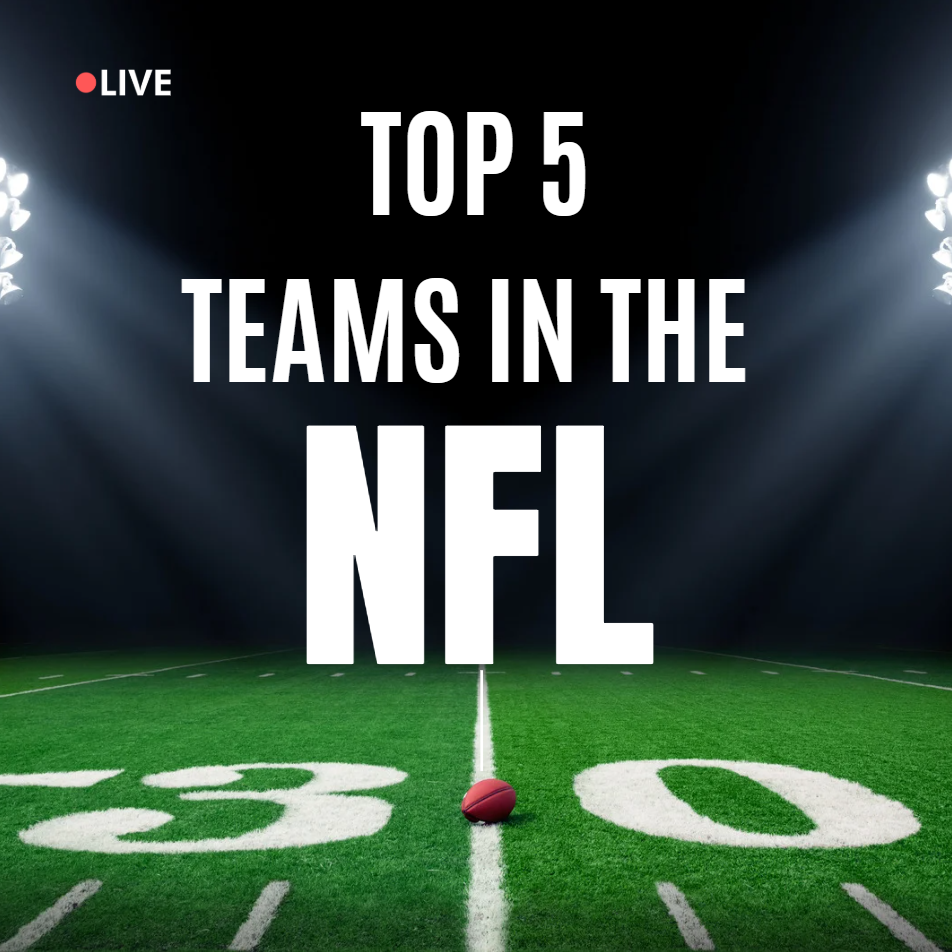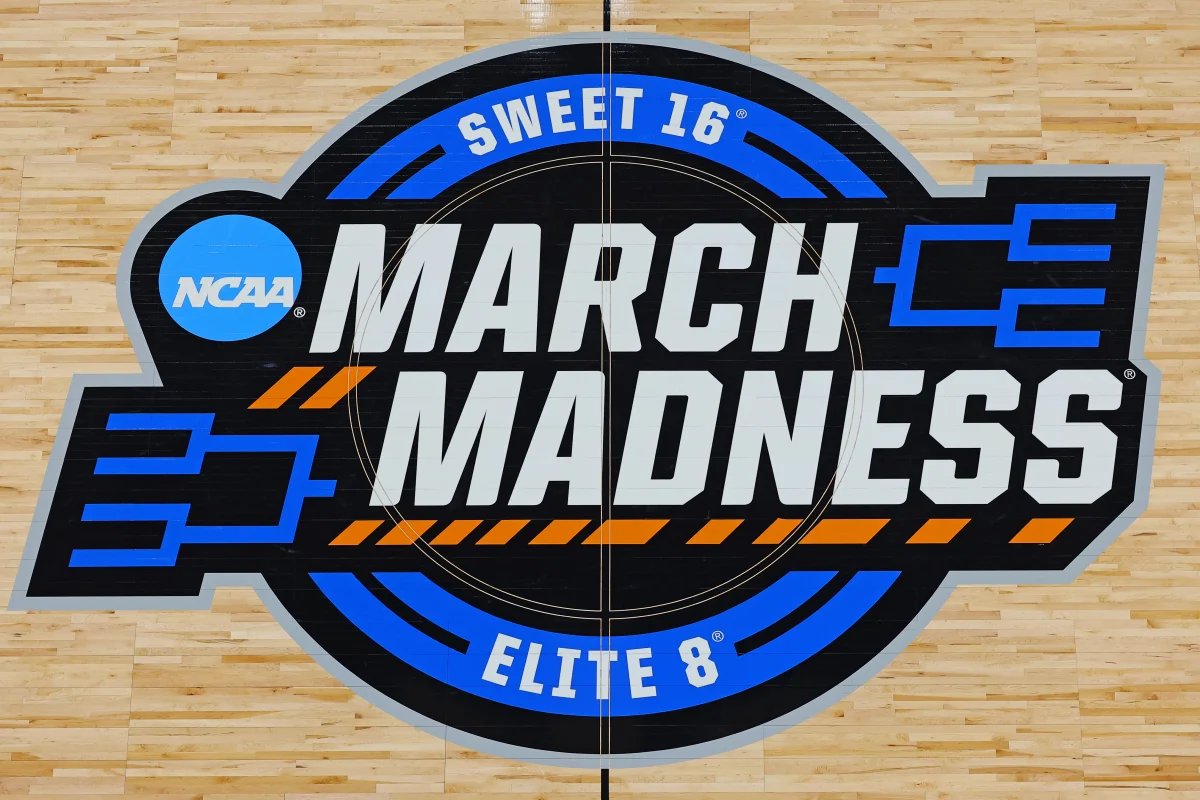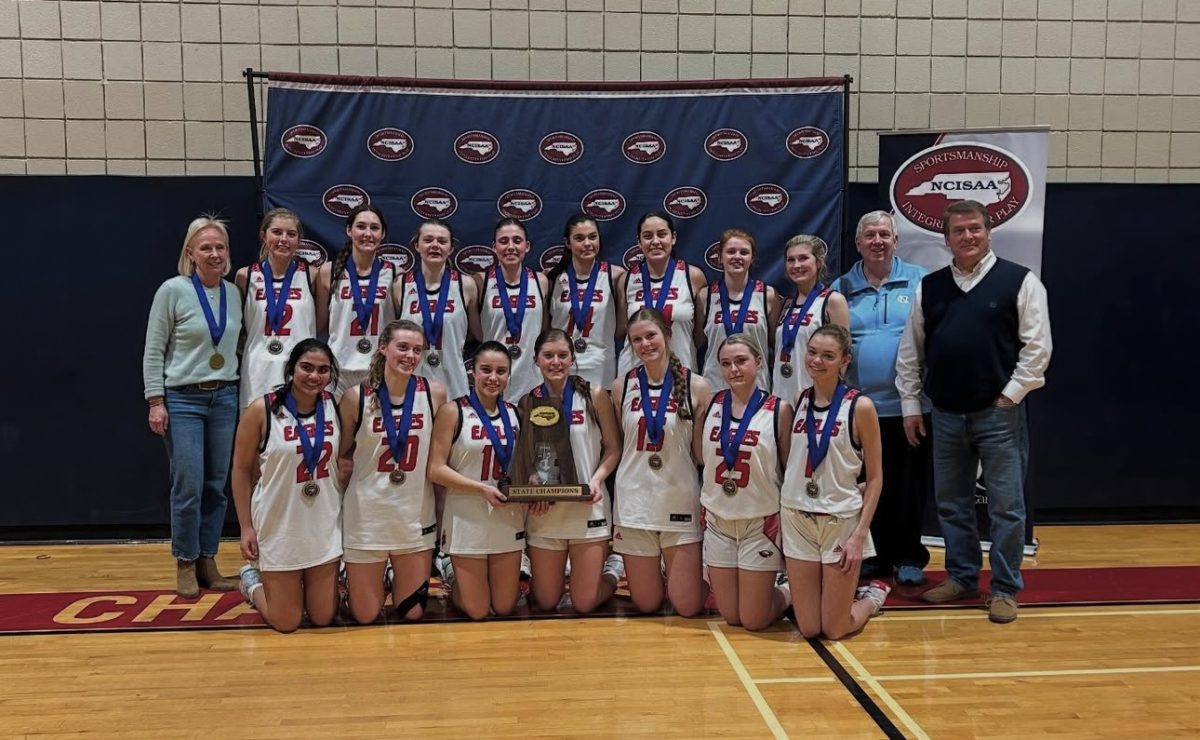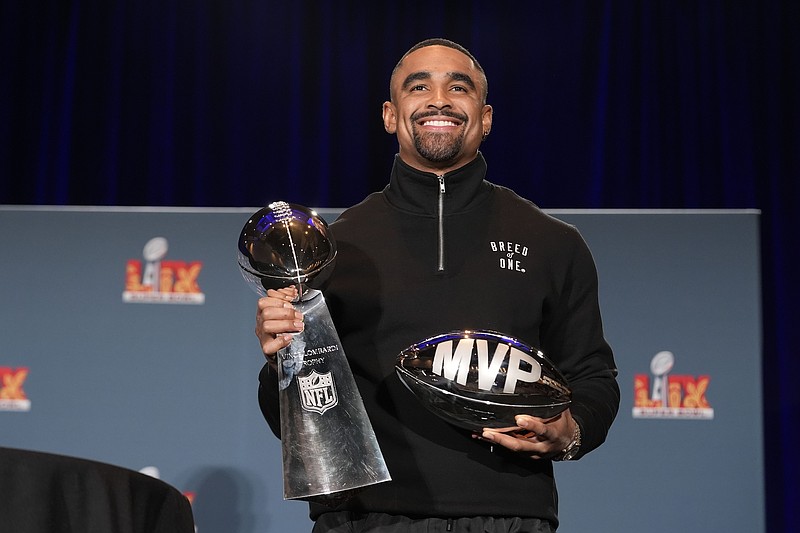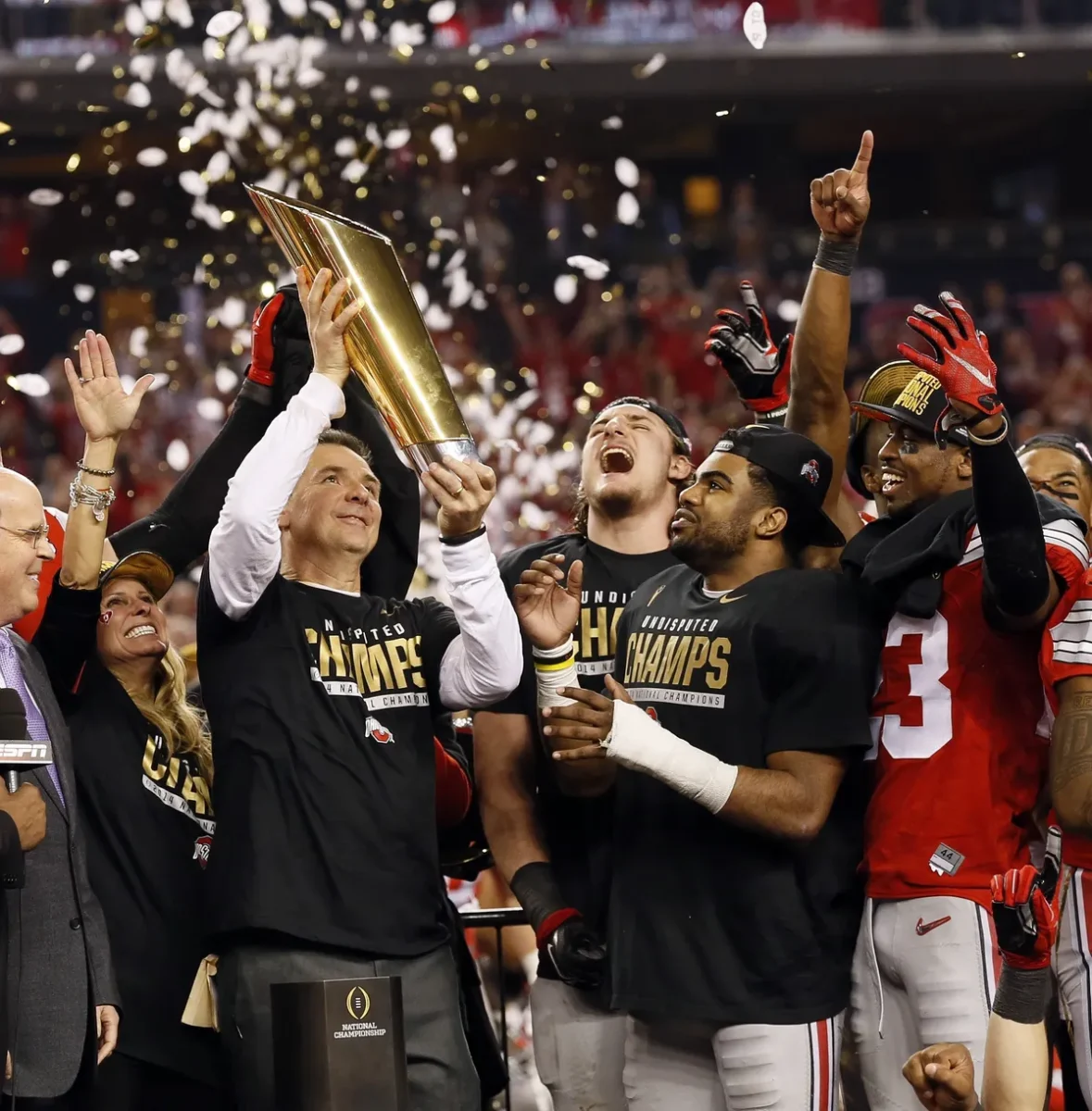Every year, NFL owners and the Players Association members meet to discuss potential rule changes to America’s game. While some pass and can reshape the way the game is played, others fall short and do not get the ultimate stamp of approval. During the 2025-2026 season, several changes were implemented that sparked debate among NFL fans regarding player safety, regulations, pacing, and how much freedom players and coaches have to question calls or celebrate scoring.
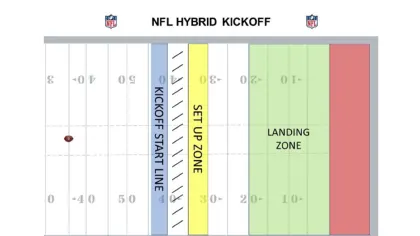
Regarding player safety, the NFL changed kickoff rules. Already, kick returns had almost vanished; in fact, only 22% of kickoffs were returned in 2023. Since the number of concussions on kick returns was among the highest of any plays, the NFL voted to nix kickoff returns altogether. To address safety while not sacrificing excitement for fans, the NFL introduced the “Dynamic Kickoff.” In the old format, players on the kicking team sprinted downfield the moment the ball was kicked, leading to high-speed collisions–hence the concussions. With the change, players must wait until the ball is caught or hits the ground in a landing zone before they can move. Also part of this new protocol, the touchback (a ball caught in the endzone) spot moved from the 20-yard line to the 35-yard line, giving the kicking team more of an incentive to kick inbounds. The difference has been noticeable, as nearly 77.7% of kickoffs have been returned so far this season, and concussions have dropped by over 40%. Many fans consider a win-win for safety and excitement, though some coaches–like Sean McVay of the Rams–argue it reduces the impact of having an elite kicker.
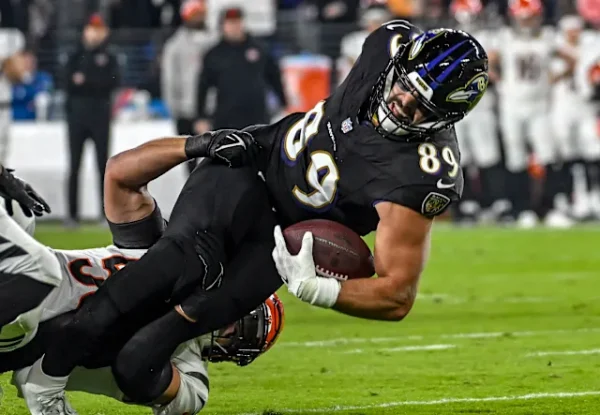
Also, the NFL owners voted unanimously to ban the hip-drop tackle, where a defender wraps someone by their waist and drops their body weight on their opponent’s knee or ankle to bring them to the ground. In the 2023 NFL season, 230 hip-drop tackles occurred, resulting in 15 injuries where a player missed one or more games. These plays are extremely dangerous to the knees and ankles, as players are 25% more susceptible to sustaining an injury to their lower body with a hip-drop tackle than a normal tackle.
While player safety is a top priority for the NFL, the organization is also concerned about the fairness of games. After being integrated for only two years for playoff games, the overtime rules have been changed for regular-season games, too. Before, whichever team won the coin toss could score a touchdown on their opening OT drive and win, but now both teams get a shot to score. In week 4, the Packers-Cowboys game went into overtime, and after Dallas scored on their opening drive, Green Bay responded with a touchdown of their own, tying the game and making the overtime essentially useless. This overtime protocol changes a little in the playoffs, as each team continues to try and score until stopped by the opposing defense.
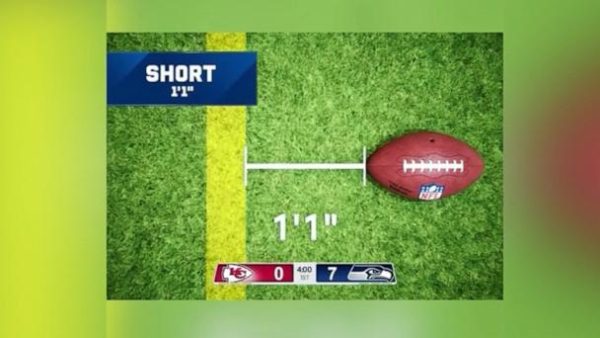
An additional change aimed at speeding up the game is that, for the first time, the NFL is introducing electronic placement for a first down. Close calls previously required referees to bring out the chain gang, a process that could take around a minute and a half, and with it comes the possibility of human error. Now, the league utilizes virtual technology to measure yardage, with traditional chains kept as a backup. This new technology takes around 40 seconds and uses six of Sony’s “Hawkeye” 8k cameras. Troy Vincent, executive vice president of football operations at the NFL, said, “Combining the art of officiating with Sony’s trusted Hawk-Eye system is a healthy recipe for
The NFL’s recent rule changes have made a clear impact, as kickoff returns are far more valuable, injuries are down, and overtime feels more balanced. But not everyone is convinced these gains are worth the cost. Coaches worry about losing strategic advantages, fans miss the drama of traditional moments, and some feel the game is becoming too controlled by technology. While the league moves forward, it’s clear that this progress comes with trade-offs.

